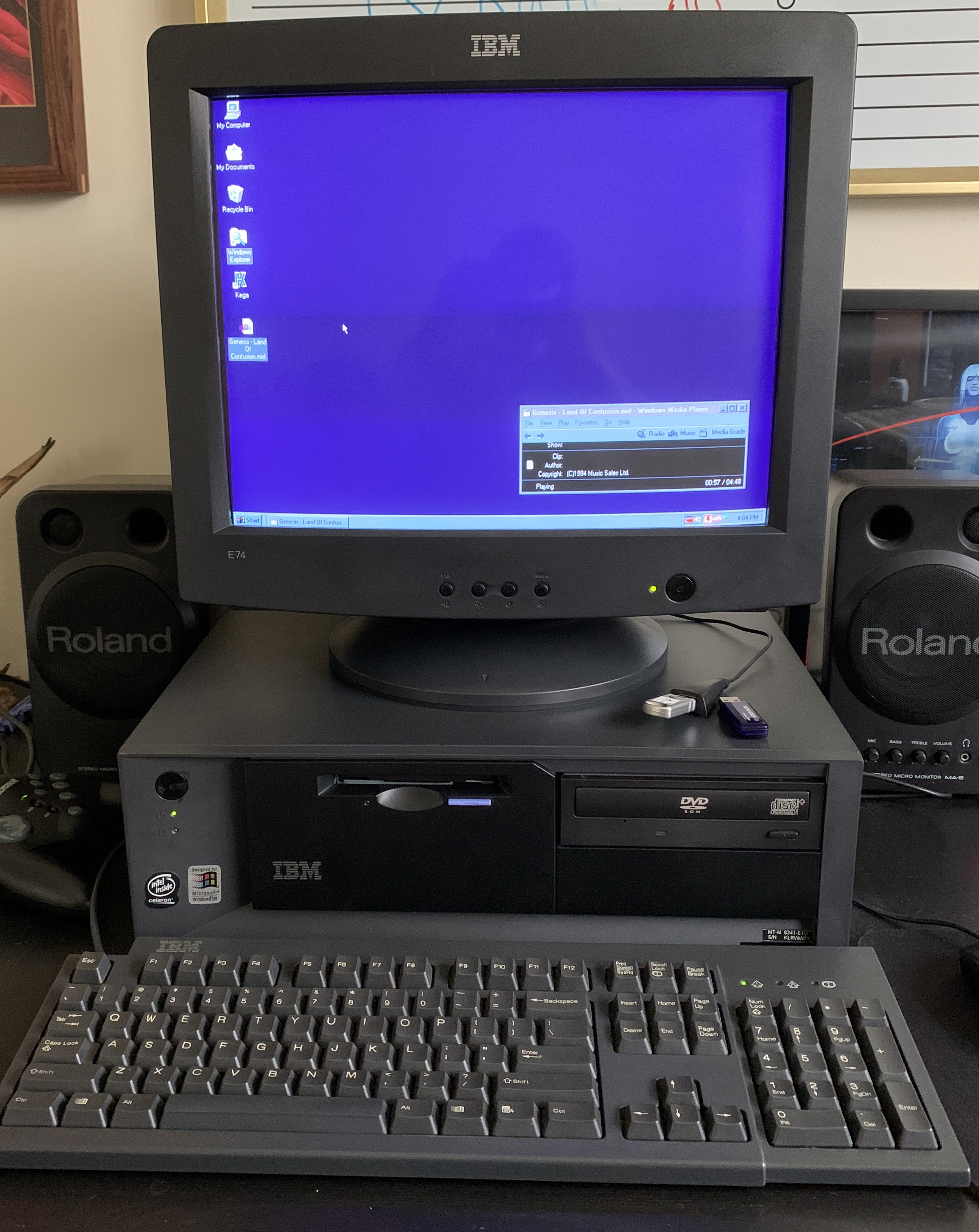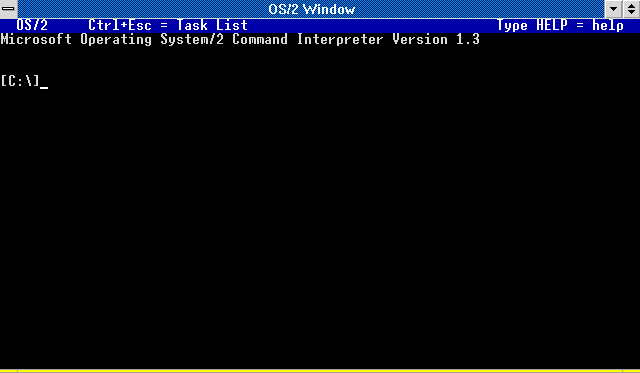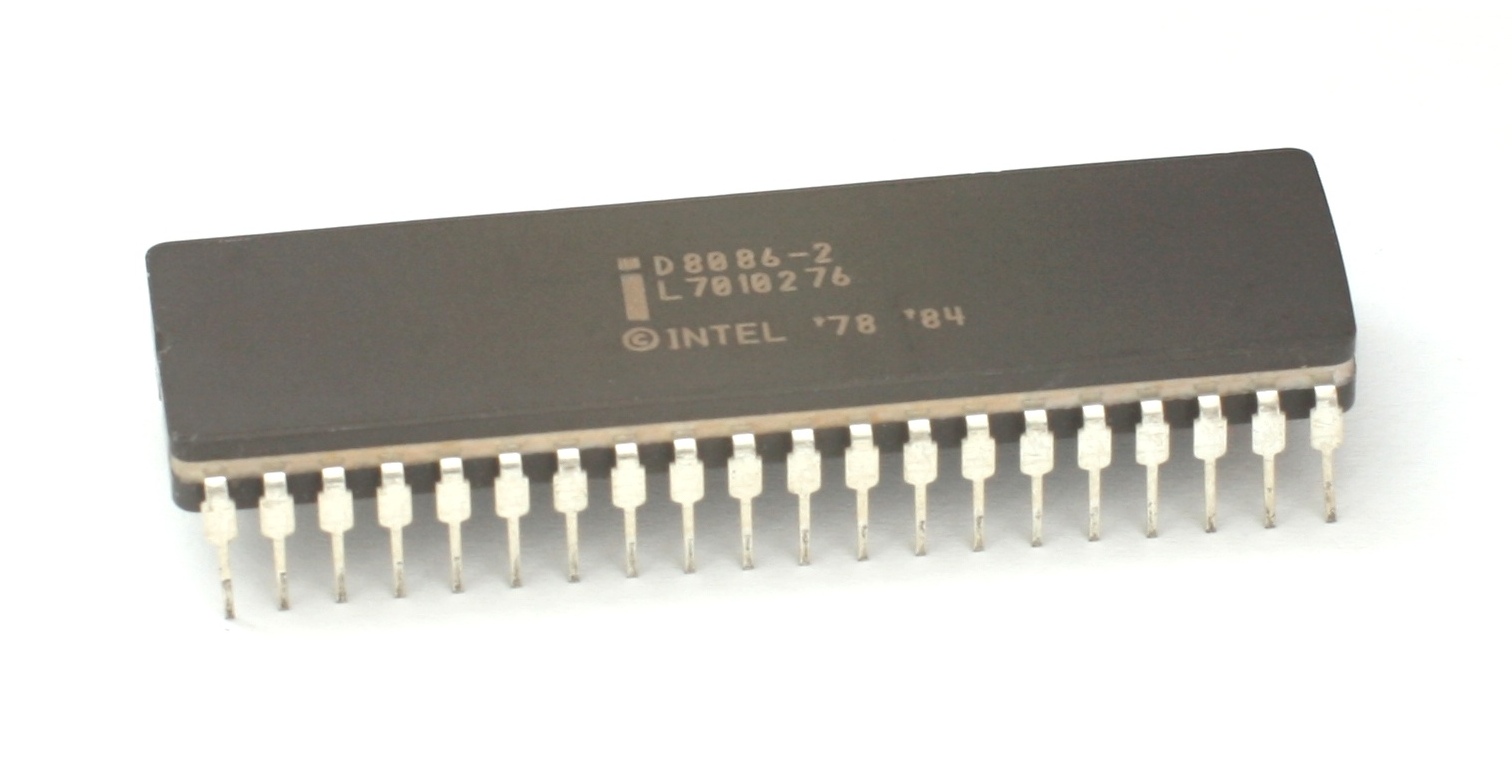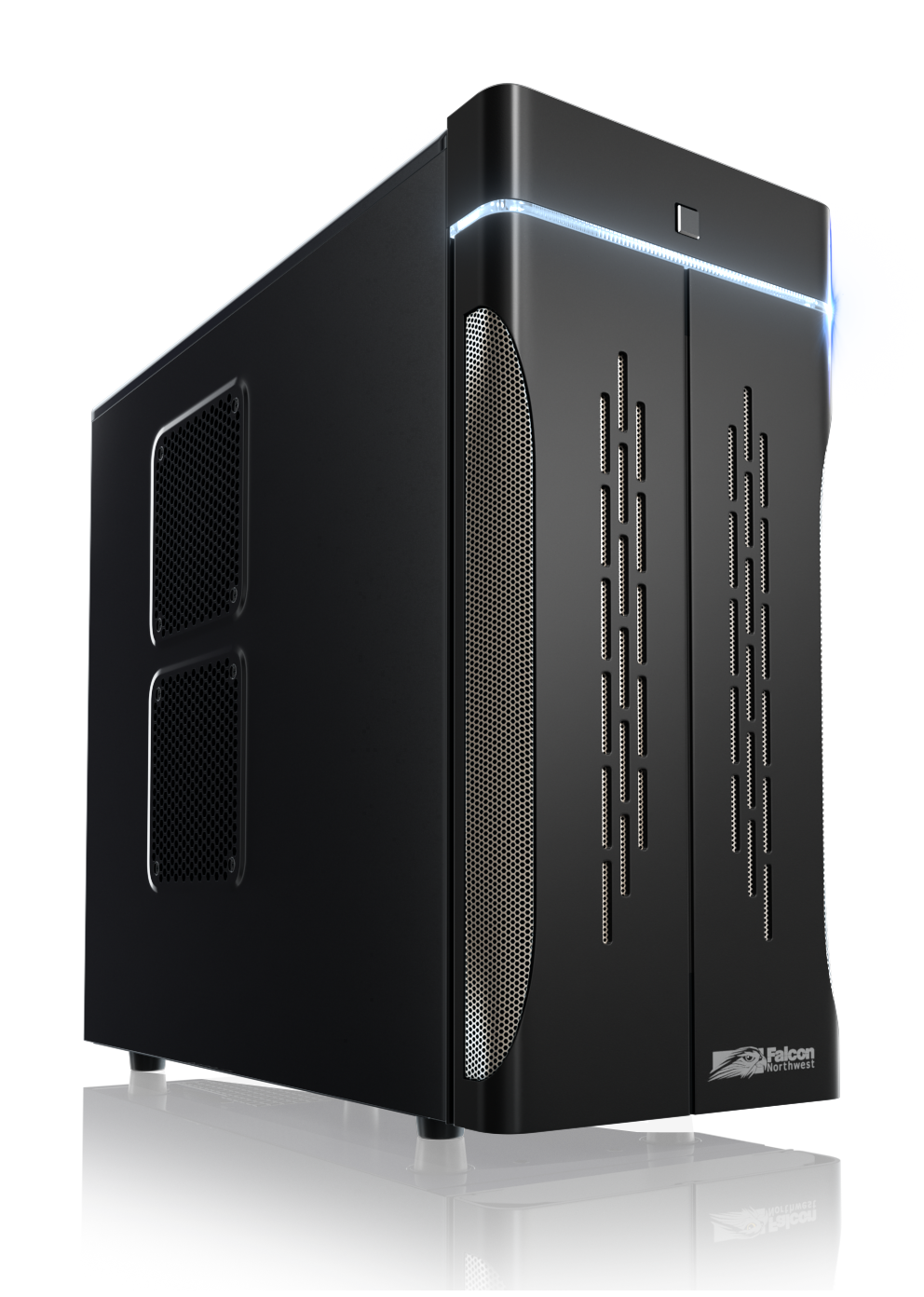|
Aptiva
The IBM Aptiva personal computer was introduced in September 1994 as the replacement for the IBM PS/1. The first Aptiva models were based on the Intel 80486 CPU with later models using the Pentium and AMD CPUs. All systems were developed in-house except for the later E series which was developed by Acer. The last system was withdrawn in May 2001 without direct replacement when IBM decided to exit the home market. Customers were directed to the IBM NetVista, which was more targeted to business desktops. Most Aptiva models included a modem and a standby/hibernation feature called "Rapid Resume". Aptiva computers were typically sold as a bundle which included monitor, speakers, keyboard and mouse. First-generation models came with IBM PC DOS 6.3 and Windows 3.1. Pentium-generation Aptivas came with Windows 95 and OS/2 'select-a-system' (PC DOS 7/Windows 3.1 and OS/2 Warp) on selected models. Sound and modem functionality was provided on M, A, C and S models by an IBM Mwave adapter. ... [...More Info...] [...Related Items...] OR: [Wikipedia] [Google] [Baidu] |
IBM PS/1
The IBM PS/1 is a brand for a line of personal computers that marked IBM's return to the home market in 1990, five years after the IBM PCjr. It was replaced by the IBM Aptiva in September 1994. Position among IBM's PC brands The PS/1 line was created for new computer users and was sold in consumer electronics stores alongside comparable offerings from Compaq, Hewlett-Packard, Packard Bell, and others. American PS/1 models came with a modem installed so users could access online IBM help services, which were provided by partnerships with Prodigy and Quantum. Like the PCjr, the PS/1's name suggested a more limited machine than IBM's business line, the PS/2. However, unlike the PS/2, the PS/1 was based upon architecture closer to the AT and compatibles, for example using ISA, plain VGA, and IDE. Although the first models used custom-designed components and design, later desktop and tower models used mostly standard components. The earlier models included a ROM with IBM's PC D ... [...More Info...] [...Related Items...] OR: [Wikipedia] [Google] [Baidu] |
Mwave
Mwave was a technology developed by IBM allowing for the combination of telephony and sound card features on a single adapter card. The technology centers around the Mwave digital signal processor (DSP). The technology was used for a time to provide a combination modem and sound card for IBM's Aptiva line and some ThinkPad laptops, in addition to uses on specialized Mwave cards that handled voice recognition or ISDN networking connectivity. Similar adapter cards by third-party vendors using Mwave technology were also sold. However, plagued by consumer complaints about buggy Mwave software and hardware, IBM eventually turned to other audio and telephony solutions for its consumer products. History Malcolm Ware, a former developer on Mwave, dates the technology back to its development in an IBM research lab in Zurich, Switzerland in 1979. The first prototype was tested in an IBM PC in 1981. After being utilized in some other adapter cards, Mwave was given its official name and ... [...More Info...] [...Related Items...] OR: [Wikipedia] [Google] [Baidu] |
IBM Mwave
Mwave was a technology developed by IBM allowing for the combination of telephony and sound card features on a single adapter card. The technology centers around the Mwave digital signal processor (DSP). The technology was used for a time to provide a combination modem and sound card for IBM's Aptiva line and some ThinkPad laptops, in addition to uses on specialized Mwave cards that handled voice recognition or ISDN networking connectivity. Similar adapter cards by third-party vendors using Mwave technology were also sold. However, plagued by consumer complaints about buggy Mwave software and hardware, IBM eventually turned to other audio and telephony solutions for its consumer products. History Malcolm Ware, a former developer on Mwave, dates the technology back to its development in an IBM research lab in Zurich, Switzerland in 1979. The first prototype was tested in an IBM PC in 1981. After being utilized in some other adapter cards, Mwave was given its official name ... [...More Info...] [...Related Items...] OR: [Wikipedia] [Google] [Baidu] |
OS/2
OS/2 (Operating System/2) is a series of computer operating systems, initially created by Microsoft and IBM under the leadership of IBM software designer Ed Iacobucci. As a result of a feud between the two companies over how to position OS/2 relative to Microsoft's new Windows 3.1 operating environment, the two companies severed the relationship in 1992 and OS/2 development fell to IBM exclusively. The name stands for "Operating System/2", because it was introduced as part of the same generation change release as IBM's " Personal System/2 (PS/2)" line of second-generation personal computers. The first version of OS/2 was released in December 1987 and newer versions were released until December 2001. OS/2 was intended as a protected-mode successor of PC DOS. Notably, basic system calls were modeled after MS-DOS calls; their names even started with "Dos" and it was possible to create "Family Mode" applications – text mode applications that could work on both systems. Be ... [...More Info...] [...Related Items...] OR: [Wikipedia] [Google] [Baidu] |
IBM NetVista
NetVista is an umbrella name for a variety of products manufactured by IBM. Software suite The Software Suite was introduced in April 1996 as a client–server software suite, with the server software running on OS/2, and the client software on Windows 3.1 and Windows 95. Meant to provide Internet access to K-12 users, it included such things as a web browser, nanny software and other internet utilities, including a TCP/IP stack. Starting with version 1.1, the server side was also supported on Windows NT. The software suite was withdrawn without replacement in January 2000. Products: * NetVista V1.0 * NetVista V1.1 * NetVista V2.0 Network station In April 2000, the IBM Network Station product line was renamed to IBM NetVista, as were the associated software tools. The NetVista computers were thin client systems. The line was withdrawn in April 2002 with no replacement. Hardware products: * NetVista N2200 (Cyrix MediaGX at 233 MHz, 32-288 MB RAM, CompactFlash, Ethernet, U ... [...More Info...] [...Related Items...] OR: [Wikipedia] [Google] [Baidu] |
OS/2 Warp
OS/2 (Operating System/2) is a series of computer operating systems, initially created by Microsoft and IBM under the leadership of IBM software designer Ed Iacobucci. As a result of a feud between the two companies over how to position OS/2 relative to Microsoft's new Windows 3.1 operating environment, the two companies severed the relationship in 1992 and OS/2 development fell to IBM exclusively. The name stands for "Operating System/2", because it was introduced as part of the same generation change release as IBM's "IBM Personal System/2, Personal System/2 (PS/2)" line of second-generation personal computers. The first version of OS/2 was released in December 1987 and newer versions were released until December 2001. OS/2 was intended as a protected mode, protected-mode successor of IBM PC DOS, PC DOS. Notably, basic system calls were modeled after MS-DOS calls; their names even started with "Dos" and it was possible to create "Family Mode" applications – text mode ap ... [...More Info...] [...Related Items...] OR: [Wikipedia] [Google] [Baidu] |
IBM PC Series
The Personal Computer Series, or PC Series, was IBM's follow-up to the Personal System/2 and PS/ValuePoint. Announced in October 1994 and withdrawn in October 2000, it was replaced by the IBM NetVista, apart from the Pentium Pro-based PC360 and PC365, which were replaced by the IBM IntelliStation. x86-based PC 100 The PC 100 was a budget model, available only in selected markets. PC 140 The PC 140 was a budget model, available only in selected markets. PC Series 300 Industry standard ISA/PCI architecture, first IBM machines with USB. Processors ranged from the 486DX2-50, 486SX-25, 486DX4-100 to the Pentium 200 and in case of the Models 360 and 365 the Pentium Pro. 486 models had a selectable bus architecture (SelectaBus) through a replaceable riser-card, offering the choice of either VESA Local Bus/ ISA or PCI/ISA. Within the 300 series the following models appeared: PC 330 Its last sub-model used the Pentium P54C processor clocked at 100, 133 , 166 or 200 MHz. ... [...More Info...] [...Related Items...] OR: [Wikipedia] [Google] [Baidu] |
Dell
Dell is an American based technology company. It develops, sells, repairs, and supports computers and related products and services. Dell is owned by its parent company, Dell Technologies. Dell sells personal computers (PCs), servers, data storage devices, network switches, software, computer peripherals, HDTVs, cameras, printers, and electronics built by other manufacturers. The company is known for how it manages its supply chain and electronic commerce. This includes Dell selling directly to customers and delivering PCs that the customer wants. Dell was a pure hardware vendor until 2009 when it acquired Perot Systems. Dell then entered the market for IT services. The company has expanded storage and networking systems. It is now expanding from offering computers only to delivering a range of technology for enterprise customers. Dell is a publicly-traded company (), as well as a component of the NASDAQ-100 and S&P 500. It is the 3rd largest personal computer vendor as ... [...More Info...] [...Related Items...] OR: [Wikipedia] [Google] [Baidu] |
Original Equipment Manufacturer
An original equipment manufacturer (OEM) is generally perceived as a company that produces non-aftermarket parts and equipment that may be marketed by another manufacturer. It is a common industry term recognized and used by many professional organizations such as SAE International, ISO, and others. However, the term is also used in several other ways, which causes ambiguity. It sometimes means the maker of a system that includes other companies' subsystems, an end-product producer, an automotive part that is manufactured by the same company that produced the original part used in the automobile's assembly, or a value-added reseller.Ken Olsen: PDP-1 and PDP-8 (page 3) , economicadventure.com Automotive parts When referring to auto parts, OEM refers to the manufactur ...[...More Info...] [...Related Items...] OR: [Wikipedia] [Google] [Baidu] |
X86 IBM Personal Computers
x86 (also known as 80x86 or the 8086 family) is a family of complex instruction set computer (CISC) instruction set architectures initially developed by Intel based on the Intel 8086 microprocessor and its 8088 variant. The 8086 was introduced in 1978 as a fully 16-bit extension of Intel's 8-bit 8080 microprocessor, with memory segmentation as a solution for addressing more memory than can be covered by a plain 16-bit address. The term "x86" came into being because the names of several successors to Intel's 8086 processor end in "86", including the 80186, 80286, 80386 and 80486 processors. The term is not synonymous with IBM PC compatibility, as this implies a multitude of other computer hardware. Embedded systems and general-purpose computers used x86 chips before the PC-compatible market started, some of them before the IBM PC (1981) debut. , most desktop and laptop computers sold are based on the x86 architecture family, while mobile categories such as smartph ... [...More Info...] [...Related Items...] OR: [Wikipedia] [Google] [Baidu] |
Computer Tower
In personal computing, a tower is a form of desktop computer whose case height is much greater than its width, thus having the appearance of an upstanding tower block, as opposed to a traditional desktop or "pizza box" computer whose width is greater than its height and appears lying flat. Although a tower case may be placed on top of the desk alongside the monitor and other peripherals, a far more common configuration is to place the case on the floor below the desk or in an under-desk compartment, in order to save desktop space for other items. Multiple subclasses of the tower form factor have been established to differentiate their varying heights, including full-tower, mid-tower, midi-tower and mini-tower; these classifications are nebulously defined and inconsistently applied by different manufacturers, however. Computer systems housed in the horizontal form factor—once popularized by the IBM PC in the 1980s but fallen out of mass use since the 1990s—have been given ... [...More Info...] [...Related Items...] OR: [Wikipedia] [Google] [Baidu] |
.jpg)
_(cropped).jpg)



.jpg)
.jpg)


